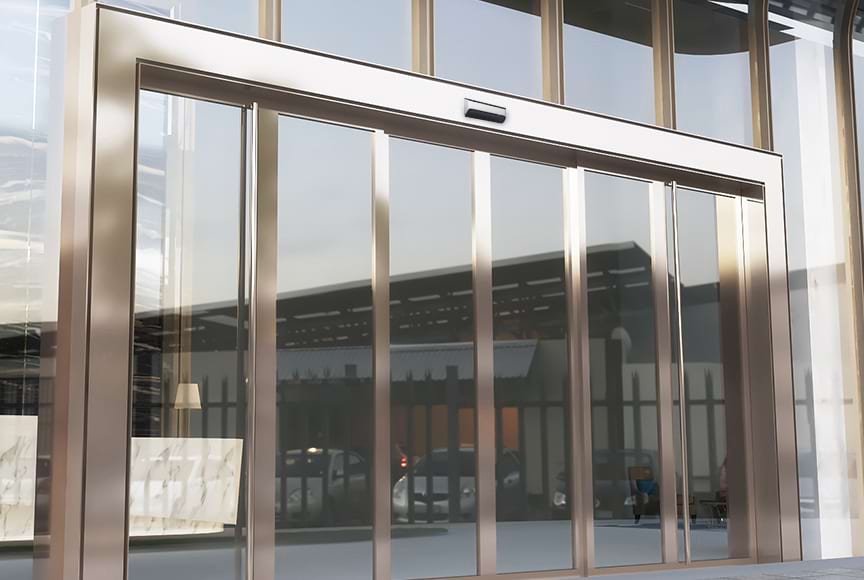How can agents optimize the lifespan of automatic door sensor components to minimize replacement and maintenance costs?
Automatic door sensors play a pivotal role in enhancing the efficiency and convenience of entrances in commercial spaces. However, to ensure optimal functionality and minimize replacement and maintenance costs, agents must adopt proactive measures to extend the lifespan of these crucial components. In this article, we explore practical strategies for agents to optimize the longevity of automatic door sensor components.

1. Regular Inspections and Cleaning:
Agents should conduct routine inspections of automatic door sensors to identify any signs of wear, damage, or dirt accumulation. Dust, debris, or even simple wear and tear can impact sensor performance. Regular cleaning with non-abrasive materials can help maintain the sensors in optimal condition.
2. Proper Installation and Calibration:
During the installation phase, it is critical to ensure that automatic door sensors are correctly placed and calibrated according to manufacturer specifications. Proper calibration ensures that the sensors respond accurately to motion, minimizing unnecessary wear caused by false activations or failures to detect movement.
3. Temperature and Environmental Considerations:
Automatic door sensors are sensitive to environmental conditions. Extreme temperatures, exposure to direct sunlight, or excessive humidity can affect their performance. Agents should consider installing protective coverings or shades to shield sensors from adverse weather conditions and direct sunlight, thereby extending their lifespan.
4. Quality Components and Brands:
Investing in high-quality automatic door sensor components from reputable brands is crucial. Quality components are often designed to withstand heavy usage and provide greater durability. While the upfront cost may be higher, the long-term benefits in terms of reduced replacements and maintenance expenses outweigh the initial investment.
5. Regular Firmware and Software Updates:
Many modern automatic door sensors come equipped with software or firmware that can be updated. Agents should stay informed about the latest updates from manufacturers and ensure that the sensors are running the most current versions. These updates often include bug fixes and improvements that can contribute to increased longevity.
6. Employee Training and User Education:
Training employees and educating users about proper door usage can significantly impact the lifespan of automatic door sensors. Users should be made aware of the correct approach to activate the sensors and the potential consequences of misuse. This can prevent unnecessary wear and tear caused by abrupt or forceful interactions with the doors.
7. Timely Repairs and Replacements:
Promptly addressing any issues that arise is essential to preventing further damage. Agents should have a system in place for reporting and addressing malfunctions or damage to the automatic door sensors. Timely repairs and replacements can prevent minor issues from escalating and causing more extensive damage.
Conclusion:
Maximizing the lifespan of automatic door sensor components is a strategic approach that not only reduces replacement and maintenance costs but also ensures the uninterrupted operation of commercial entrances. By implementing regular inspections, proper installation and calibration, environmental considerations, investing in quality components, staying updated with firmware, training users, and addressing issues promptly, agents can optimize the efficiency and durability of automatic door sensors in commercial spaces.







